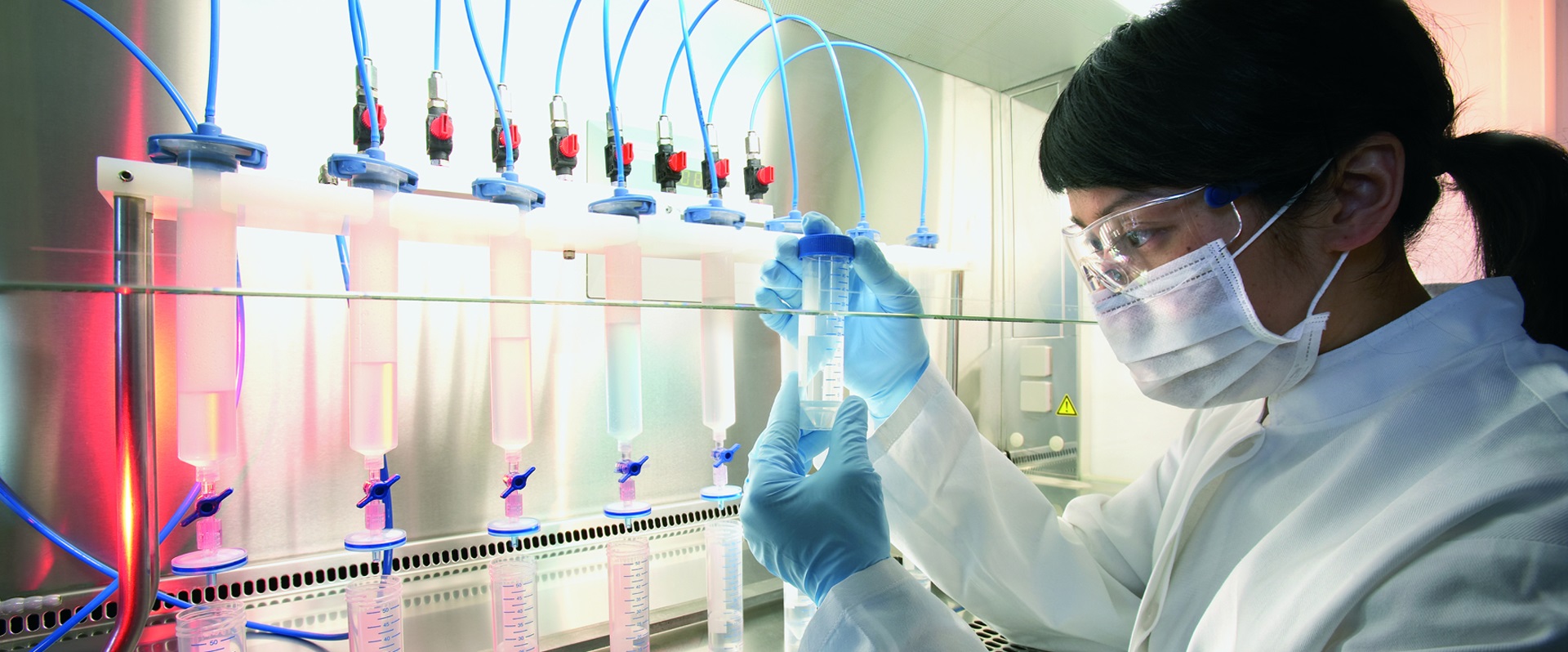The follow-up of GAZEL volunteers is based on the fact EDF & GDF agents form a "captive" population, whom systematic follow-up of workers is done by these companies, both during their career and after retirement.
The particular status of EDF & GDF employees makes that almost every employee who begin to work there stay for their whole career. Since a pension plan is provided by the companies, the administrative link continues even after retirement. Besides, EDF & GDF agents do not leave the company when they stop work for a long illness or disability; there is no withdrawals for health reasons, which avoids a healthy worker effect, a well-known source of bias.
Finally, the only real GAZEL withdrawals are people who resign from EDF & GDF or ask to leave the cohort. This happens rarely and the rate of withdrawal is insignificant.
Participation of volunteers to the annual follow-up questionnaire
After 28 years of follow-up, participation in the self-questionnaire seems to have stabilized at around 72%. Since it is not always the same volunteers who respond from year to year, only 3.2% of the participants never returned their annual questionnaire after inclusion.
At inception in 1989, among the 46,288 people of the target population (women aged 35 to 50 and men aged 40 to 50), 20,625 (44.6%: 15,011 men and 5,614 women), volunteered to be part of the GAZEL cohort.
Due to the low proportion of women in the company (about 20%), their age range was chosen to be greater than that of men, in order to increase the number of women in the cohort; the proportion of women in the cohort is 27%, higher than that of women at EDF and GDF.
Volunteers living as a couple constituted the large majority. Over 80% of the volunteers had children at home. The distribution of volunteers in relation to the professional category did not reflect that of EDF and GDF workers in the age group concerned: supervisors and executives volunteered more than white and blue collars. However, internal promotion was important at EDF and GDF, and many supervisors and executives are former white or blue collars.
Originally, all the volunteers were active. Over the years, the number of retirees has gradually increased. As of 2006, nearly 90% of men and 70% of women were retired, and in 2019 all volunteers are retired. This makes it possible to take an interest in new health issues linked to the transition to retirement or aging.

The data collected routinely for the entire cohort cover diverse dimensions and come from different sources inside and outside the company. they have mostly been collected prospectively and repeatedly during follow-up. They concern very diverse aspects of health. Sources and type of data:
-
Annual self-administered questionnaire: self-reported morbidity, lifestyles, life events, etc.
- Personnel department of EDF-GDF: social, demographic, and occupational characteristics
-
Company's medical departments: sick leaves, cancer and cardiovascular ischemic diseases registers, occupational exposure, working conditions
-
National health database: 2008, healthcare utilization, hospital discharge summaries, causes of death
-
Health Screening Centers of the social insurance fund: since 1999, standardized health examination and biobank (serum samples and DNA)

